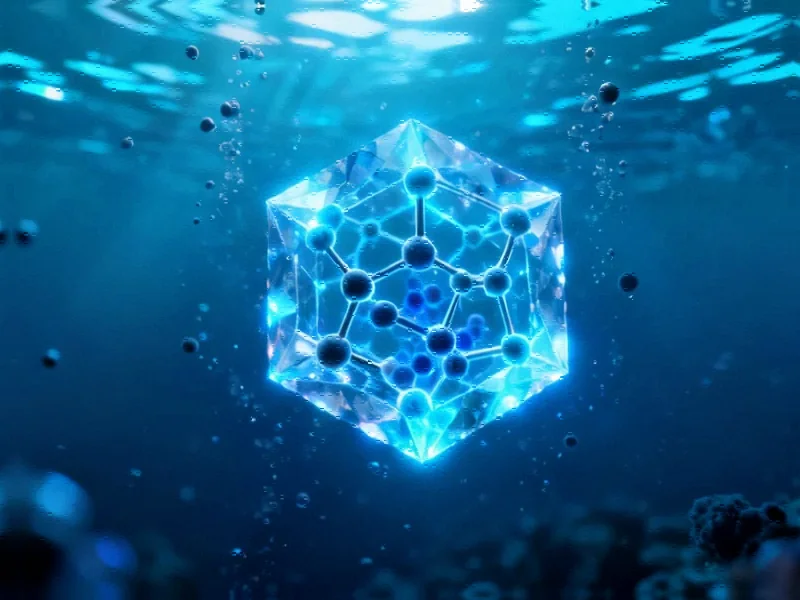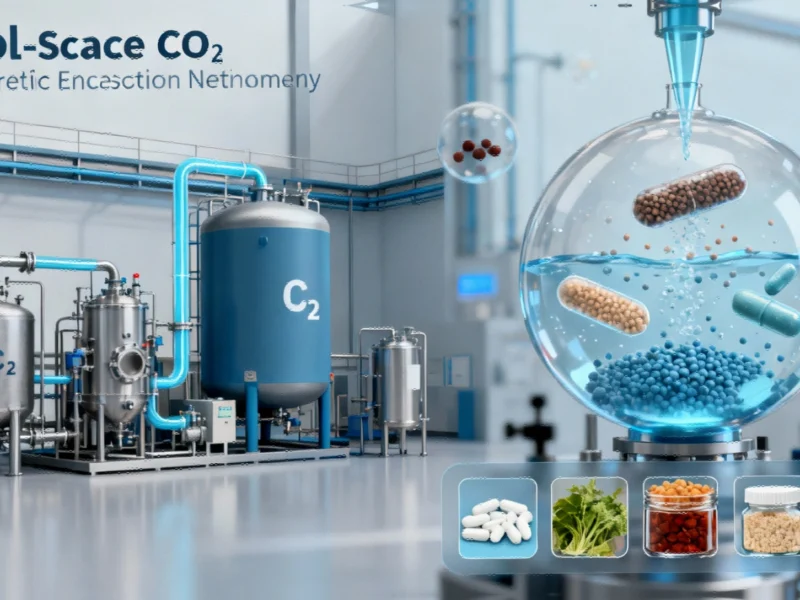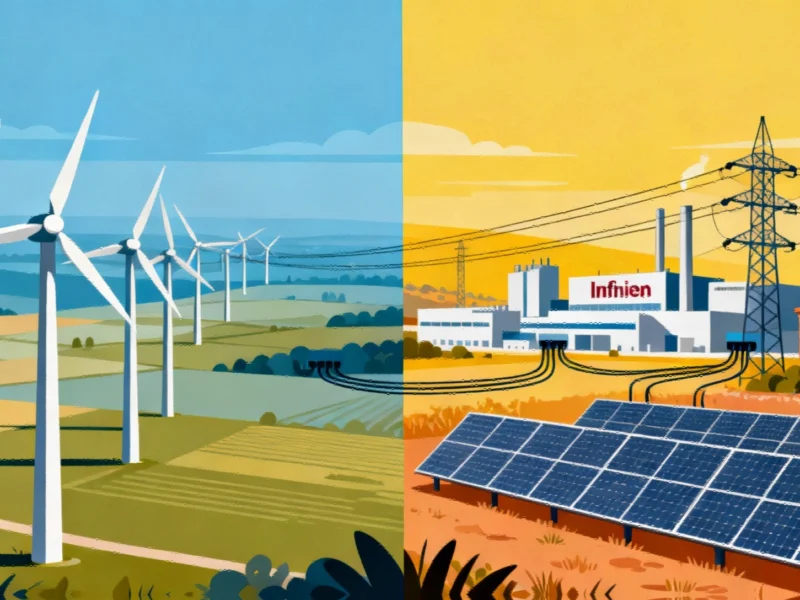Breakthrough in Solid-State Battery Technology
Researchers have developed a revolutionary fluorinated quasi-solid polymer electrolyte that enables high-performance battery operation across an unprecedented temperature range from -50°C to 70°C. This innovation addresses one of the most significant challenges in energy storage: maintaining performance under extreme thermal conditions. The breakthrough, detailed in Nature Communications, represents a substantial leap forward for applications requiring reliable power in harsh environments, from aerospace to industrial computing systems.
Fluorine-Oxygen Co-Coordination Mechanism
The core innovation lies in the strategic fluorine-oxygen co-coordination structure that effectively decouples ionic conduction from polymer relaxation. By leveraging the strong electro-withdrawing characteristics of fluorinated substitution groups, the research team established high-speed lithium-ion transport pathways while ensuring homogeneous ion flux at the lithium metal electrode interface. This molecular engineering achievement enables ionic conductivity of 0.27 mS cm⁻¹ even at -40°C, a remarkable feat considering conventional electrolytes typically fail at such low temperatures.
The selection of 2,2,3,4,4,4-hexafluorobutyl acrylate (HFA) as the polymer monomer proved crucial, as demonstrated by its longer lithium bonds with carbonyl oxygen (1.79 Å) and significantly reduced binding energy (-190.8 kJ/mol) compared to non-fluorinated alternatives. This weaker binding enhances lithium decomplexation processes and transport kinetics, creating what researchers describe as a “superhighway” for ion movement. Similar industry developments in materials science are driving innovation across multiple sectors.
Exceptional Electrochemical Performance
The fluorinated quasi-solid polymer electrolyte demonstrates outstanding practical performance metrics. In testing with 4.5V Li||LiNi₀.₈Co₀.₁Mn₀.₁O₂ (NCM811) coin cells, the system retained 64.3% of its 30°C capacity at -30°C, while maintaining 86% capacity retention after 200 cycles at 30°C. The electrolyte also exhibits an elevated lithium transference number of 0.56, significantly surpassing non-fluorinated polymer electrolytes (0.31) and conventional liquid electrolytes (0.26).
This performance breakthrough aligns with broader market trends toward more reliable energy storage solutions. The expanded electrochemical stability window exceeding 5.0V, achieved through strategic fluorination of polymer monomers and plasticizers, provides crucial safety margins for high-voltage battery systems. These advances in battery technology complement other related innovations across the energy sector.
Molecular Dynamics Insights
Advanced molecular dynamics simulations revealed the fundamental mechanisms behind the improved performance. In the fluorinated system, lithium ions demonstrate coordination numbers of 0.94 with poly-HFA and 1.69 with MTFP plasticizers, while coordination with FSI anions increases to 1.36. This unique solvation structure, combined with observed Li-F interactions at approximately 2.04 Å, confirms the fluorine-oxygen co-coordination that enables superior ion transport.
The mean square displacement predictions from MD calculations indicate significantly accelerated ion transport kinetics in the fluorinated electrolyte, with lithium diffusivity reaching 4.8 × 10 cm²/s. These fundamental insights provide a roadmap for future electrolyte design and represent important recent technology advances in computational materials science.
Safety and Practical Applications
Beyond performance metrics, the fluorinated quasi-solid polymer electrolyte demonstrates exceptional safety characteristics. Combustion tests revealed significantly reduced hydrogen radical generation due to the fluorination strategy. The polymer matrix effectively immobilizes solvents despite the liquid phase accounting for 54.8% of the system, mitigating leakage risks while maintaining the flexibility needed for practical battery manufacturing.
The technology’s broad temperature operation capabilities open new possibilities for industrial computing applications in extreme environments. From automotive systems to grid storage and portable electronics, this advancement addresses critical limitations of current battery technologies. The research team has demonstrated that similar design principles can be applied to sodium metal batteries, suggesting broad applicability across different battery chemistries.
This breakthrough in fluorinated polymer electrolytes represents a significant milestone in energy storage technology. As researchers continue to push the boundaries of what’s possible, we’re seeing parallel advances in multiple fields, including developments in green energy technology and autonomous systems. The intersection of materials science and computational design is driving unprecedented innovation, with implications for everything from AI-driven manufacturing to global supply chain management.
For those interested in the commercial implications of this research, financial leadership changes in technology companies often signal strategic shifts toward emerging technologies. Meanwhile, the geopolitical landscape continues to influence technology development, as seen in international security discussions surrounding technological sovereignty.
Additional details about this fluorinated polymer breakthrough and its implications for extreme-temperature applications are available through comprehensive technical analysis. As the industry continues to evolve, staying informed about both the scientific advances and their commercial applications becomes increasingly important for professionals across multiple sectors, including those following entertainment technology convergence.
This article aggregates information from publicly available sources. All trademarks and copyrights belong to their respective owners.
Note: Featured image is for illustrative purposes only and does not represent any specific product, service, or entity mentioned in this article.



